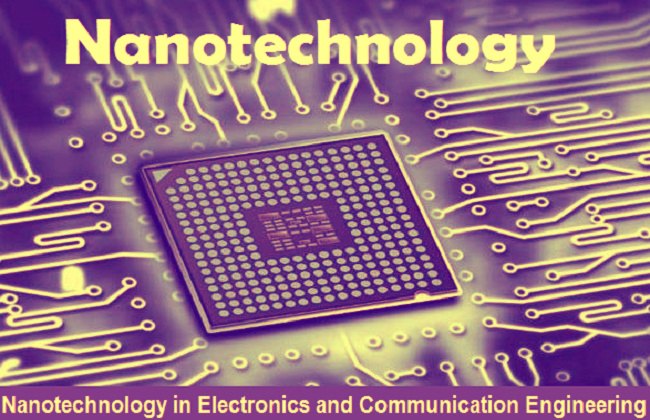Miniaturization
One of the key benefits of nanomaterials in electronics and computing is the ability to miniaturize devices. As devices become smaller, they become more portable and easier to use, opening up new possibilities for applications in fields such as healthcare, aerospace, and consumer electronics.
Improved Performance
Nanomaterials also offer improved performance in electronic devices. For example, the use of carbon nanotubes in transistors has led to faster switching speeds and reduced power consumption. Similarly, the use of nanomaterials in batteries has led to increased energy density and longer battery life.
New Applications
Nanomaterials are also driving innovation in electronics and computing by enabling new applications. For example, the development of graphene-based materials has led to the creation of flexible and transparent displays, which can be used in wearable devices and foldable smartphones.
Environmental Benefits
Finally, the use of nanomaterials in electronics and computing can have environmental benefits. For example, the use of nanomaterials in energy-efficient devices can reduce energy consumption and greenhouse gas emissions. Similarly, the use of nanomaterials in batteries can improve the efficiency of energy storage, reducing the need for fossil fuels.
In conclusion, nanomaterials are playing an increasingly important role in electronics and computing, enabling the development of smaller, faster, and more efficient devices. They are also driving innovation in these fields by enabling new applications and offering environmental benefits. As the field of nanomaterials continues to advance, we can expect to see even more exciting developments in electronics and computing.


